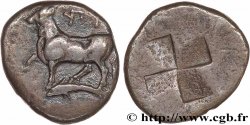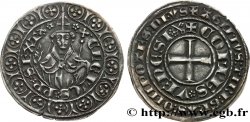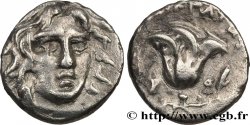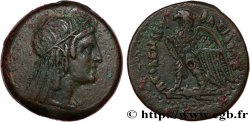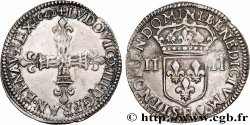Чтобы принять участие в торгах, вы должны войти в систему и стать подтвержденным участником аукциона. Войдите, чтобы сделать ставку. Ваш аккаунт будет подтвержден в течение 48 часов. Не ждите до закрытия торгов, чтобы зарегистрироваться.Сделав ставку на данный товар, вы вступаете в юридическое соглашение на покупку выбранного товара и нажатием кнопки «Сделать ставку» подтверждаете принятие вами условий интернет-аукционов cgb.fr.
Ставка может бить сделана только в полном эквиваленте евро. Торги закроются согласно времени, указанному в описании товара, все ставки, сделанные после закрытия торгов, учитываться не будут. Не следует откладывать предложение вашей ставки до последнего момента, так как система может не успеть обработать вашу заявку, и ваша ставка не будет принята. Более детальную информацию вы найдёте здесь: FAQ по интернет-аукционам.
Все ставки победителей подлежат комиссии 18%.
Все ставки победителей подлежат комиссии 18%.
| Оценить : | 350 € |
| Цена : | 180 € |
| Максимальная предлагаемая цена : | 210 € |
| Конец торгов : | 24 January 2023 14:03:00 |
| Участников : | 2 Участников |
Тип Drachme ou sicle
Дата: c. 416-357 AC
Монетный двор / Город: Byzance,Thrace
Металл: silver
Диаметр: 17,5 mm
Ориентация осей монеты: - h.
Вес: 5,47 g.
Комментарии о состоянии
Exemplaire centré. Belle vache. Patine grise
Лицевая сторона
Аверс: легенда: (BY) ARCHAÏQUE.
Аверс: описание: Vache passant à gauche, placée sur un dauphin tourné à gauche.
Обратная сторона
Реверс: легенда: ANÉPIGRAPHE.
Реверс: Описание: Carré creux en ailes de moulin.







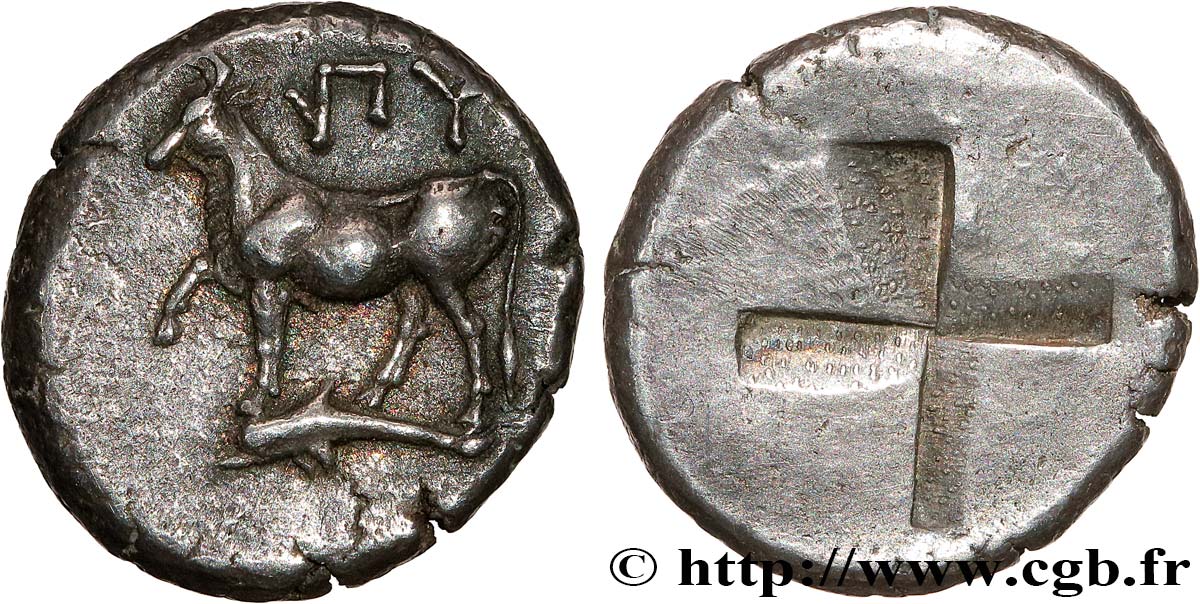
 Cообщить об ошибке
Cообщить об ошибке Распечатать страницу
Распечатать страницу Отправить мой выбор
Отправить мой выбор Задать вопрос
Задать вопрос Consign / sell
Consign / sell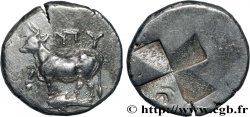
 Информация
Информация



